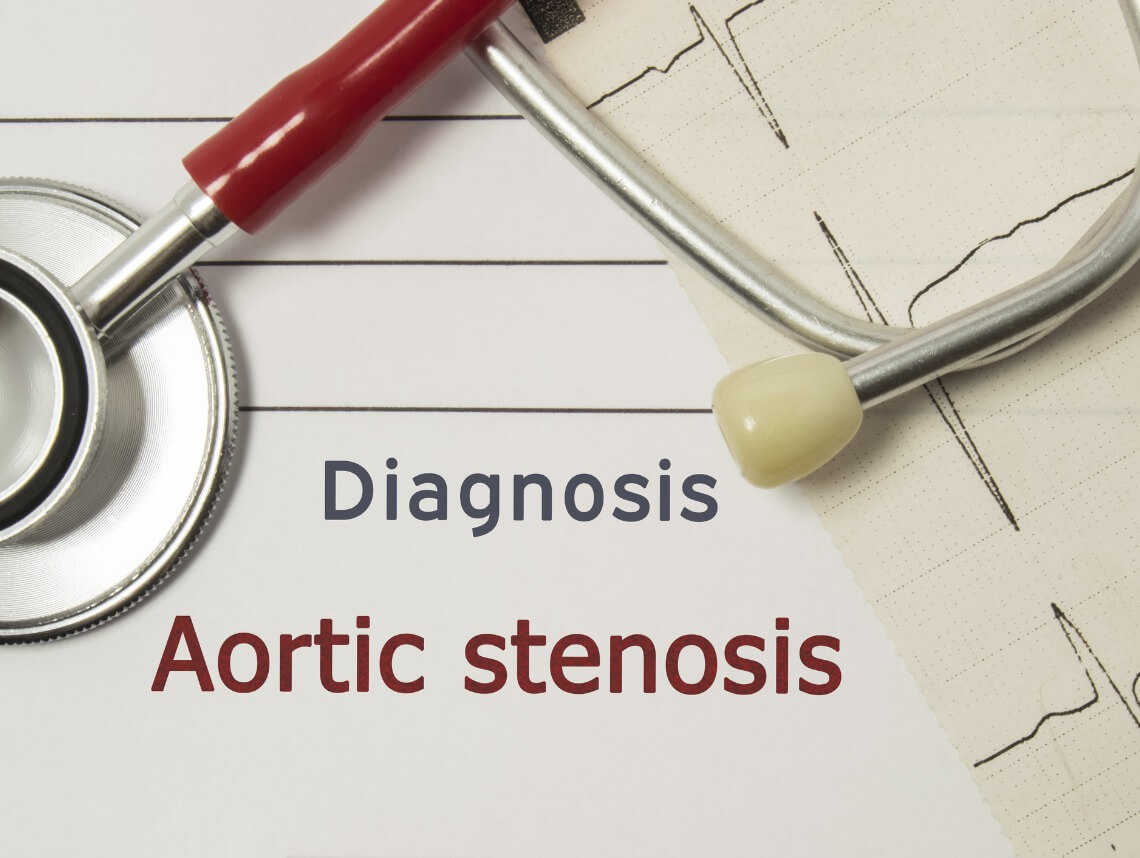Being the parent of a child with aortic stenosis often means being responsible for making many important decisions. The term stenosis means narrowing, and the severity of this condition will depend on how much narrowing is present in the aortic heart valve. Milder cases of aortic stenosis require minimal treatment, while the most serious cases generally require surgery.
To make the best treatment and longer-term care decisions for your child, it is always helpful to stay informed as a caregiver and a parent. This helpful overview of aortic stenosis in children can assist you in being more engaged and working closely with your child’s doctor and other healthcare professionals. By understanding this condition and the effective treatment options, you can make the best possible choices for your child and family.
What is aortic stenosis?
Aortic stenosis, or aortic valve stenosis, is the narrowing of the aortic valve in the heart. This can lead to reduced blood flow throughout the body and result in negative health effects.
The aorta is the largest artery in the body, carrying blood from the heart to the rest of the human body. The aortic valve is responsible for controlling blood flow from the left ventricle, the lower left chamber, out into the aorta. When the heart contracts during a heartbeat, the aortic valve opens. When it relaxes, the valve shuts and prevents blood from backing up into the heart.
With aortic stenosis, this valve does not fully open during a heartbeat, preventing optimal blood flow into the circulatory system. This makes the heart work harder and can lead to long-term problems if the condition goes untreated.
Aortic Stenosis Causes
There can be a wide range of causes for aortic valve stenosis, including:
- Refrain – a congenital heart defect where the aortic valve did not form as it should before birth
- Complications related to strep throat, where an untreated infection causes scar tissue buildup on the valve
- Calcium buildup on the aortic valve, which is more common in older patients
For children with aortic stenosis, the most common cause is a heart defect that develops during pregnancy. Researchers do not fully understand what causes this defect, although it is usually more common in boys.
In a large number of cases, milder aortic stenosis will cause little or no symptoms, which is why it is not diagnosed until it starts causing problems later in adulthood for many.
Aortic Stenosis Symptoms
More serious cases of aortic stenosis can cause noticeable symptoms and developmental problems in infants and very young children, including:
- Abnormal heart murmur
- Shortness of breath
- Noticeable fatigue after activity
- Trouble gaining weight
- Feeding difficulties
- Increased irritability
- Difficulty sleeping
Aortic Stenosis Complications
Identifying and treating aortic stenosis in your child is extremely important to prevent long-term complications. The biggest complication associated with aortic stenosis is heart failure due to muscular thickening from the left ventricle working harder than normal. Children with aortic stenosis may also be at a higher risk of blood clots, arrhythmias, and a heart infection known as endocarditis.
Diagnosing Aortic Stenosis
In many cases, doctors can identify aortic stenosis before birth through testing such as fetal echocardiograms. Aortic stenosis can also be diagnosed after birth through the following tests:
- Standard echocardiogram (echo) and electrocardiogram (ECG) to measure heart activity
- Listening to the heartbeat for abnormalities and arrhythmias
- Measuring blood oxygen levels
- Chest X-rays
Aortic Stenosis Treatment
In some cases, aortic stenosis may only require monitoring and minimal treatment, such as medications. In more severe situations, children will need surgery to repair or replace the dysfunctional valve and promote normal blood flow. Children will be hospitalized after the procedure to monitor their health and risk of infection.
Caring for Aortic Stenosis in Children
Children with aortic stenosis will require ongoing monitoring and care before and after any surgical procedure. This will include regular appointments and diagnostic tests to ensure the heart is functioning properly. Changes in activities and medications are also common treatments for infants, children, and young adults diagnosed with aortic stenosis.
There is a wide range of steps a family can take to ensure health activity and wellness at every level of aortic stenosis diagnosis. To address behavioral and emotional needs, counseling and support groups can be highly beneficial. Many families utilize pediatric home health services to help children with aortic stenosis receive the care and support needed for a good quality of life.
Contact Care Options for Kids for Home Health Care in Florida
It can be hard to balance your time between work, home, and caring for a child. That’s why our team of professionals at Care Options for Kids is here to help. We have been enforcing precautionary measures and following the Centers For Disease Control (CDC) guidelines for COVID-19 to ensure the safety and health of our clients and employees.
Our home health care services offer support in the comfort of your home. We refer loving and competent nurses to provide customized care for families — from a few hours a day to around-the-clock supervision. Contact us directly to speak with a home health care professional or request a free in-home assessment. Together we can determine the best plan of action to keep your loved ones happy and healthy.
If you or a loved one are considering Pediatric Home Health Care Services in Florida, contact the caring staff at Care Options for Kids. Call today at (888) 592-5855.






